If you had an Australian $10 note issued between 1966 and 1993, and which was still in circulation for some time beyond that, then this was it. You became used to seeing this face for over 30 years. So who is he?
Answer: Francis Greenway, forger and embezzler, who narrowly escaped hanging in Bristol, England, and arrived in Australia in 1814 as a convict with a 14 year sentence – banished to the colonies. But he was also an amazing architect responsible for some of Sydney’s most treasured buildings. But he was also severely flawed. Before I relate his amazing story, first let me tell you about the uncanny connection between Francis and myself.
Francis came from a small village, Mangotsfield, on the northern outskirts of Bristol in the west of England – so did I. Francis was transported (term for convicts) to Australia. I was also ” transported” to Australia, but as the child of a 10 Pound Pom.
I recently did some research in the Bristol records office to find that Francis Howard Greenway was born on 20 November 1777 and christened on 23 November in St James Church Mangotsfield, where I sometimes sang as a 9 year old choir boy. And to cap it all off, Francis designed Christ Church Downend (the next village), where I was christened. (The cricket ground next to the church was where the incorrigible W G Grace played, but I’ll leave that story for another day)
Francis had a reputation for being egotistical, arrogant, and very difficult to work with, but that is where we part company. Ha ha. So now you see why I have a fascination with Francis Greenway. But on to his amazing story.
Before he went bankrupt in 1809, Francis the architect designed several buildings around Bristol including the prestigious Clifton Club in the fashionable suburb of the same name. Then in 1812 he was convicted of forging a financial document and sentenced to death, but commuted to 14 years imprisonment and transportation to New South Wales.
Clifton Club
Plaque on Clifton Club
He was an acquaintance of Captain Arthur Phillip, the first Governor of NSW, who was now living in Bath, and it appears that stood him in good stead when he arrived in the penal colony. After some obstinate behaviour by the still convict Greenway (he just couldn’t help himself), Governor Macquarie soon made him a free man, and set him to work designing a number of buildings in and around Sydney. Today they are viewed as outstanding examples of early Australian architecture.
And I guess that’s why his picture and some of his creations appeared on the $10 note. But still amazing all the same that we chose a forger..
A number of his buildings suffered some amendments during construction (often against Greenway’s loudly expressed wishes) and some suffered major alterations in later years. And the very first one, Macquarie Lighthouse at the entrance to Sydney harbour has gone – but the replacement is a slightly remodelled version.
But here are what are considered his best.
Hyde Park Barracks Sydney
St James Church Sydney
Supreme Court Sydney
Conservatorium Sydney (originally the stables for Government House)
St Matthew’s Church Windsor (west of Sydney)
Unfortunately for Greenway, the British Government was becoming increasingly concerned about what was happening in the penal colony of New South Wales, and not impressed by Macquarie’s architectural ambitions. And it was not helped by the fairy tale castle that Greenway designed for the stables of Government House. This was, after all, to be first and foremost a penal colony, not a mushrooming international city!
So Macquarie was recalled in 1821, and the next governor, Thomas Brisbane, dismissed Greenway who had meantime continued to send very large invoices to the NSW government for work that he had completed when on a paid retainer! Greenway to all accounts could be a very abrasive man, who made enemies easily.
After his dismissal he tried unsuccessfully several times to revive his career, but after being granted land in the Hunter Valley which was marshy and poor, he died of typhoid in 1837 aged 59. He was buried in East Maitland Cemetery but where we do not know – it was an unmarked grave.
Mary Greenway, his long suffering wife bore him 2 daughters and 5 sons, one of whom, Charles, became archdeacon and canon at Grafton Cathedral. So his descendants live on in Australia.
Today, apart from the $10 note and his brilliant architecture, the name Greenway is still around as a NSW Federal Electorate, a suburb of Canberra, and a high school in Maitland near where he is buried.
For a further fascinating insight into the man go here.


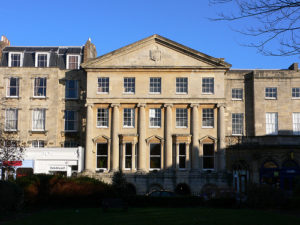
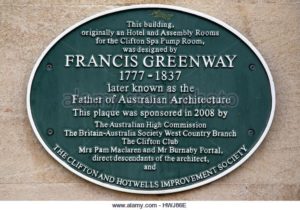
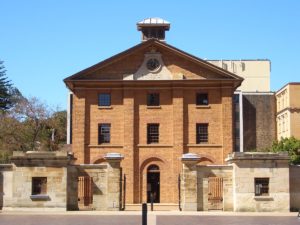
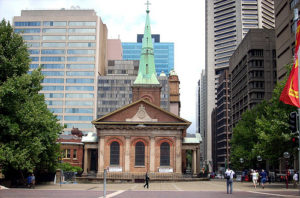
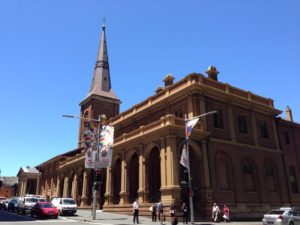
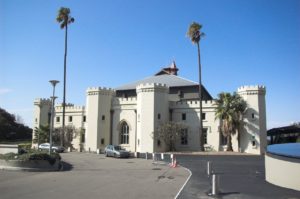
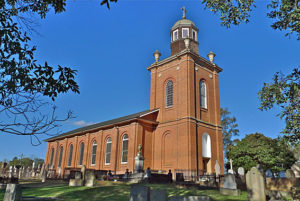
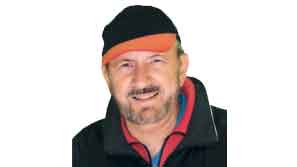






2 Comments
Yeah, a bunch of low-life ne’er-do-wells those early Aussies. An interesting read. Mike.
Once, a long time ago, while on a tour of Europe (which, as I recall, we bought from you at Bardon Travel , Mike) one of the group asked our Italian tour guide, why Italians wave their hands about when they speak. The guide’s reply was, ‘Because we did not go to our country with our hands in chains like Australians.’ A bunch of crims, those early settlers, orright!
Fellow Ten Pound Pom.
Very funny Norm. This gave me a very big laugh and yes us Ten Pound Poms were certainly a step above the ne’er do well convicts. Keep em coming Norm – if nothing else us one time Poms have a great sense of the ridiculous. All the best, Mike